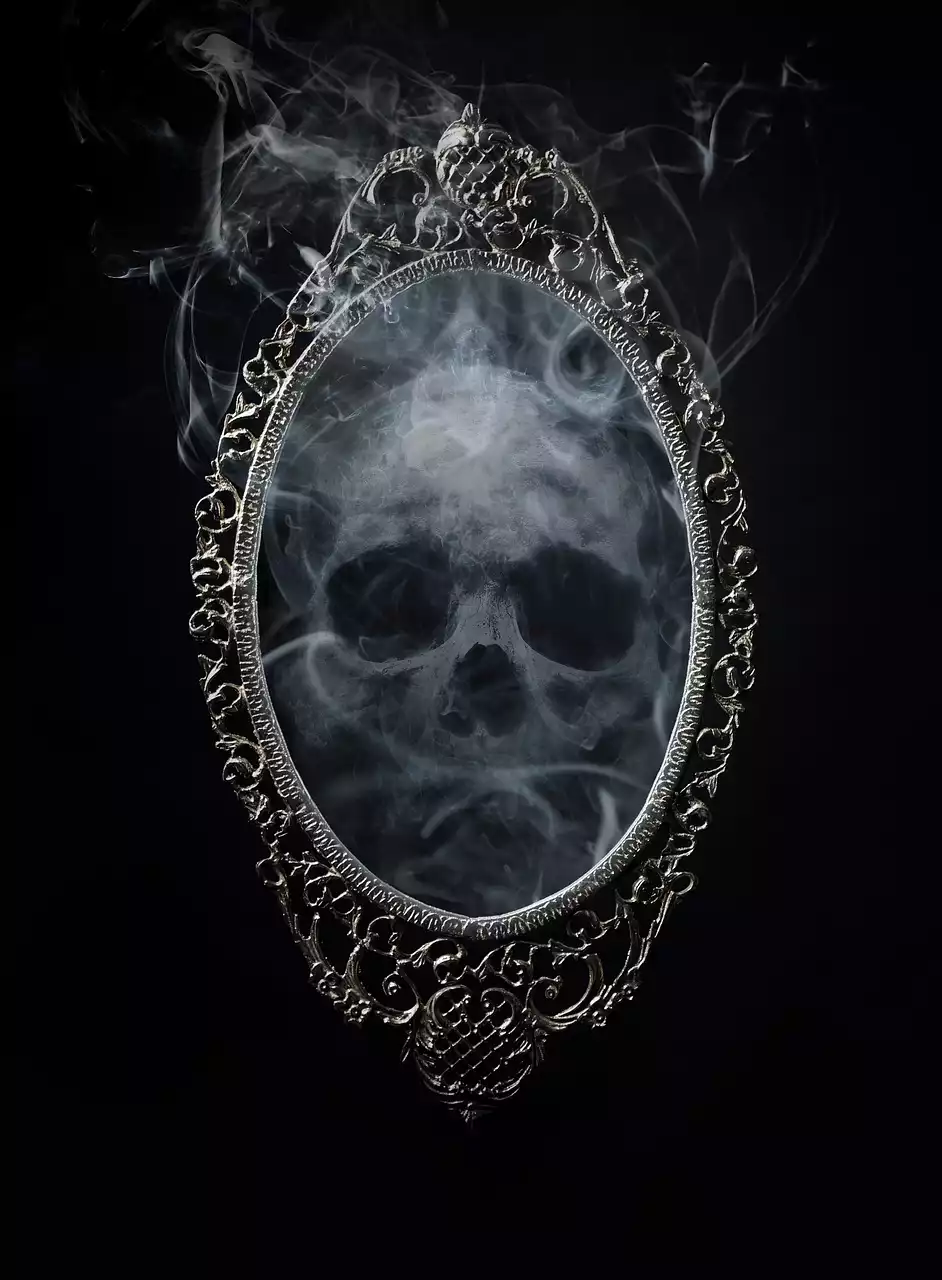Halloween traditions in Mexico - Dia de los Muertos
One of the most famous Halloween traditions in Mexico is the Dia de los Muertos, or Day of the Dead. This holiday is celebrated on November 1st and 2nd, and it is a time to honor and remember loved ones who have passed away. The belief is that the spirits of the dead return to the world of the living to be with their families and loved ones during this time.
During the Day of the Dead, families create ofrendas, or altars, in their homes and cemeteries, which are decorated with flowers, candles, and the favorite foods and drinks of their deceased loved ones. They also create sugar skulls, which are brightly colored and decorated with designs and the names of the deceased. The sugar skulls are often given as gifts to friends and family members.
In addition to the ofrendas and sugar skulls, many families also visit the graves of their loved ones during the Day of the Dead. They clean and decorate the graves, and leave offerings of flowers, food, and candles. The Day of the Dead is a time to remember and celebrate the lives of those who have passed away, and it is a beautiful and meaningful tradition that is deeply ingrained in Mexican culture.
Thousands pay tribute to life during Dia De Los Muertos, ‘The Day of the Dead’
Halloween traditions in Ireland - Samhain
The ancient Celtic festival of Samhain is believed to be the origin of modern-day Halloween. Samhain was a time when the Celts believed that the boundary between the world of the living and the world of the dead was thinnest, and the spirits of the dead could freely roam the earth.
To ward off evil spirits during Samhain, the Celts would light bonfires and wear costumes made of animal skins and heads. They would also leave offerings of food and drink for the spirits, and they believed that if they did not do so, the spirits would play tricks on them.
Today, Halloween is still celebrated in Ireland, although it has become more commercialized and less religious over time. However, many of the traditional customs and beliefs of Samhain still live on, and it is a time to remember the past and honor the dead.
Halloween traditions in Austria - Krampusnacht
In Austria, the night before St. Nicholas Day (December 6th) is known as Krampusnacht, and it is a time when the Krampus, a half-goat, half-demon creature, roams the streets looking for naughty children. The Krampus is said to punish the children who have misbehaved throughout the year, while St. Nicholas rewards the good children with gifts and treats.
During Krampusnacht, people dress up in frightening costumes and parade through the streets, while others hide in bushes and jump out to scare unsuspecting passersby. It is a wild and raucous celebration that is both terrifying and exhilarating.
Halloween traditions in Italy - Ognissanti
Ognissanti, or All Saints' Day, is a holiday celebrated in Italy on November 1st. It is a time to honor and remember the saints and martyrs of the Catholic Church, and it is a solemn and reflective day.
On Ognissanti, many Italians visit the graves of their loved ones and light candles in their memory. They also attend Mass and pray for the souls of the deceased. It is a time to reflect on the past and look to the future, and it is a beautiful and meaningful tradition that is deeply ingrained in Italian culture.
Halloween traditions in China - Teng Chieh
In China, Halloween is known as Teng Chieh, and it is a time to remember and honor the dead. Teng Chieh is celebrated on the 15th day of the seventh lunar month, which usually falls in late August or early September.
During Teng Chieh, people light lanterns and set them afloat on rivers and lakes, which is believed to guide the spirits of the dead back to the afterlife. They also make offerings of food and drink to the spirits and burn incense to ward off evil spirits.
Halloween traditions in the Philippines - Pangangaluluwa
In the Philippines, Halloween is celebrated with a tradition known as Pangangaluluwa. This involves groups of children and adults going from house to house, dressed in costumes and singing songs. They ask for treats, similar to the trick-or-treating tradition in the United States.
However, in the Philippines, the treats are often in the form of money or goods, rather than candy. The tradition is believed to have originated as a way to honor the dead and ask for their blessings, and it is a fun and festive tradition that is enjoyed by many Filipinos.
Halloween traditions in the United States
In the United States, Halloween is a modern-day celebration that has evolved over time. It is a time to dress up in costumes, decorate homes and yards with spooky decorations, and indulge in sweet treats.
Trick-or-treating is a popular Halloween tradition in the United States, where children go from house to house in their neighborhoods, asking for candy and treats. Halloween parties and haunted houses are also common, as well as pumpkin carving and apple bobbing.
While Halloween in the United States may not have the ancient roots of some of the other traditions on this list, it is still a beloved holiday that brings people together and encourages creativity and fun.
Learning about these traditions is important because it allows us to appreciate and understand other cultures and their beliefs. It also reminds us that while we may be different, we all share a common humanity and a desire to honor and remember our loved ones.
So this Halloween, take a moment to explore some of these fascinating and unusual traditions, and remember that there is more to this holiday than just costumes and candy. Happy Halloween!









